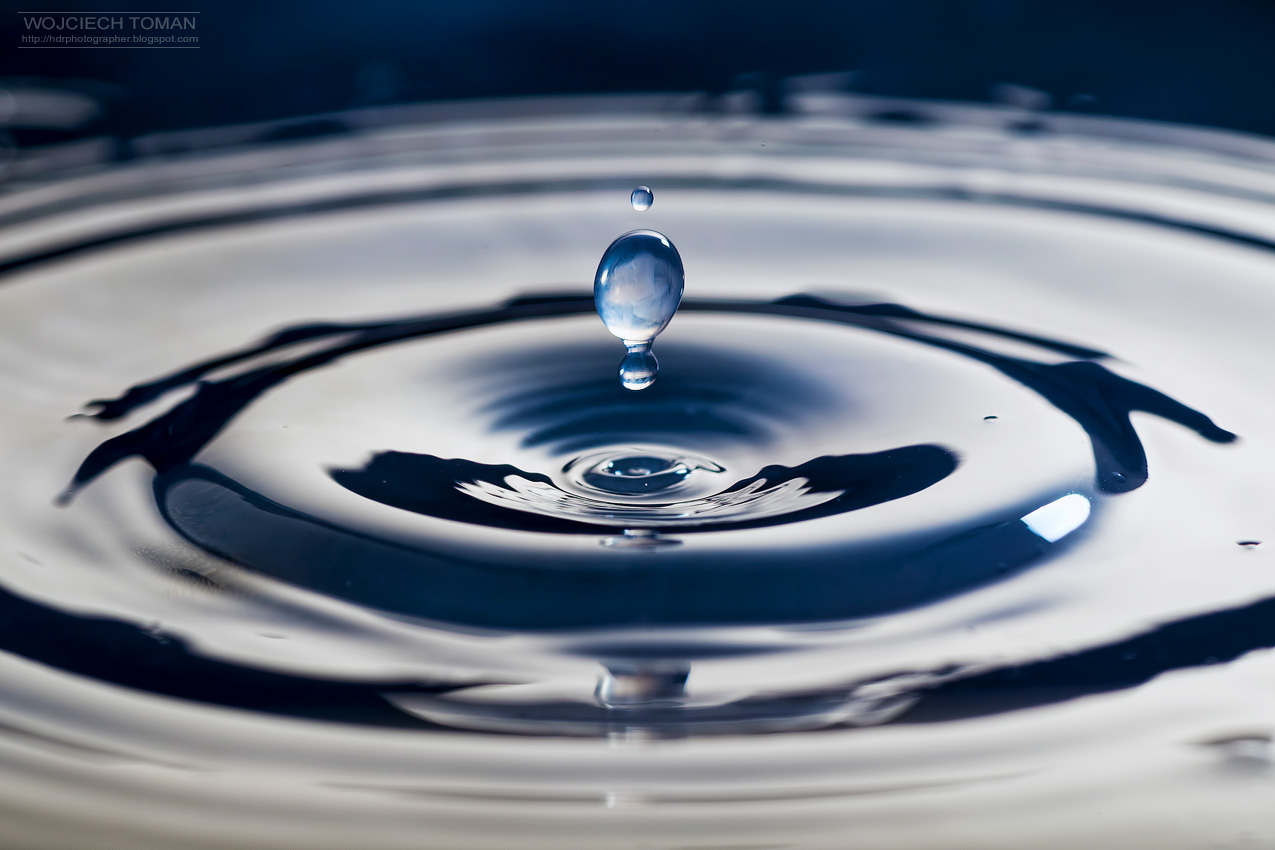I took this photo last year in Masuria, Poland. This shot would be impossible to take without HDR (or other techniques of extending dynamic range) because this scene had very high dynamic range. The was both very bright sun and dark forest in the frame.
Technical details:
Camera: Canon 50D
Lens: Canon 10-22 f/3.5-4.5 USM
Focal length: 10 mm
Aperture: f/18.0
Exposure time: 1/25 s ("middle" exposure)
ISO: 100
Number of exposures: 7
E.V. Step: 1 EV
Flash used: no
Tripod: yes
Filters: no
Software: Magic Lantern 2.3, Photomatix Pro 4.2.7 (Details Enhancer), Lightroom 5.0, Photoshop CC
Technical details:
Camera: Canon 50D
Lens: Canon 10-22 f/3.5-4.5 USM
Focal length: 10 mm
Aperture: f/18.0
Exposure time: 1/25 s ("middle" exposure)
ISO: 100
Number of exposures: 7
E.V. Step: 1 EV
Flash used: no
Tripod: yes
Filters: no
Software: Magic Lantern 2.3, Photomatix Pro 4.2.7 (Details Enhancer), Lightroom 5.0, Photoshop CC






















